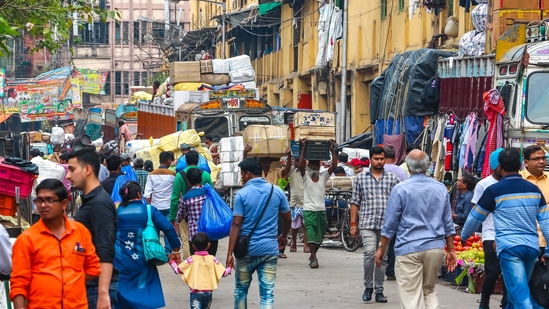Analysis of Himalayan districts shows Lahaul and Spiti most vulnerable to avalanches
Analysis of Himalayan districts shows Lahaul and Spiti most vulnerable to avalanches
Dehradun, 'Lahaul and Spiti' is the most vulnerable to avalanches in Himachal Pradesh, while Chamoli the most vulnerable in Uttarakhand, according to an analysis of 11 districts in the two Himalayan states.

An increase in avalanches in the Indian Western Himalayas in recent years has been attributed to the combined effects of multiple factors, including climate change, complex terrain and increasing human activities.
Researchers Akshay Singhal, M. Kavya and Sanjeev K. Jha, from the Indian Institute of Science Education and Research, Bhopal, proposed an analytical framework for developing a 'CAVI' score, or 'combined avalanche vulnerability index'.
"The CAVI shows that all the highly vulnerable districts are located in Himachal Pradesh, while most of the districts of Uttarakhand are moderately vulnerable," the authors wrote in the study published in the journal Environment, Development and Sustainability.
"The district 'Lahaul and Spiti' is the most vulnerable district, while Shimla and Pauri Garhwal are the least vulnerable," they wrote.
They added, "The most vulnerable district in Uttarakhand is Chamoli."
Earlier this month, an avalanche hit a Border Roads Organisation camp in the village of Mana, located in Chamoli, killing eight workers.
The team also assessed each of the 11 district's avalanche risk based on exposure, sensitivity and adaptive capacity.
Meteorological factors, such as rainfall, snow depth and temperature, contribute towards a district's 'exposure' to avalanches, while slope and population are among those affecting 'sensitivity', the authors explained.
Socio-economic factors, such as literacy, hospitals, forests, and houses with concrete walls, help determine the capacity of a district's population to adapt towards an increased avalanche risk.
Lahaul and Spiti was the most exposed district, Shimla the most sensitive, while Uttarakhand's Rudraprayag was assessed to be the least adaptive to avalanches.
Estimated to cause about 30-40 deaths each year, impacts of an avalanche are often disruptive, from blocking critical transport routes to damaging infrastructure.
While largely attributed to weather and climate conditions and terrain, avalanche risk has increased also due to human activities, including a rapid construction of roads, dams, and tunnels, and regular movement of heavy vehicles, the authors said.
This article was generated from an automated news agency feed without modifications to text.






